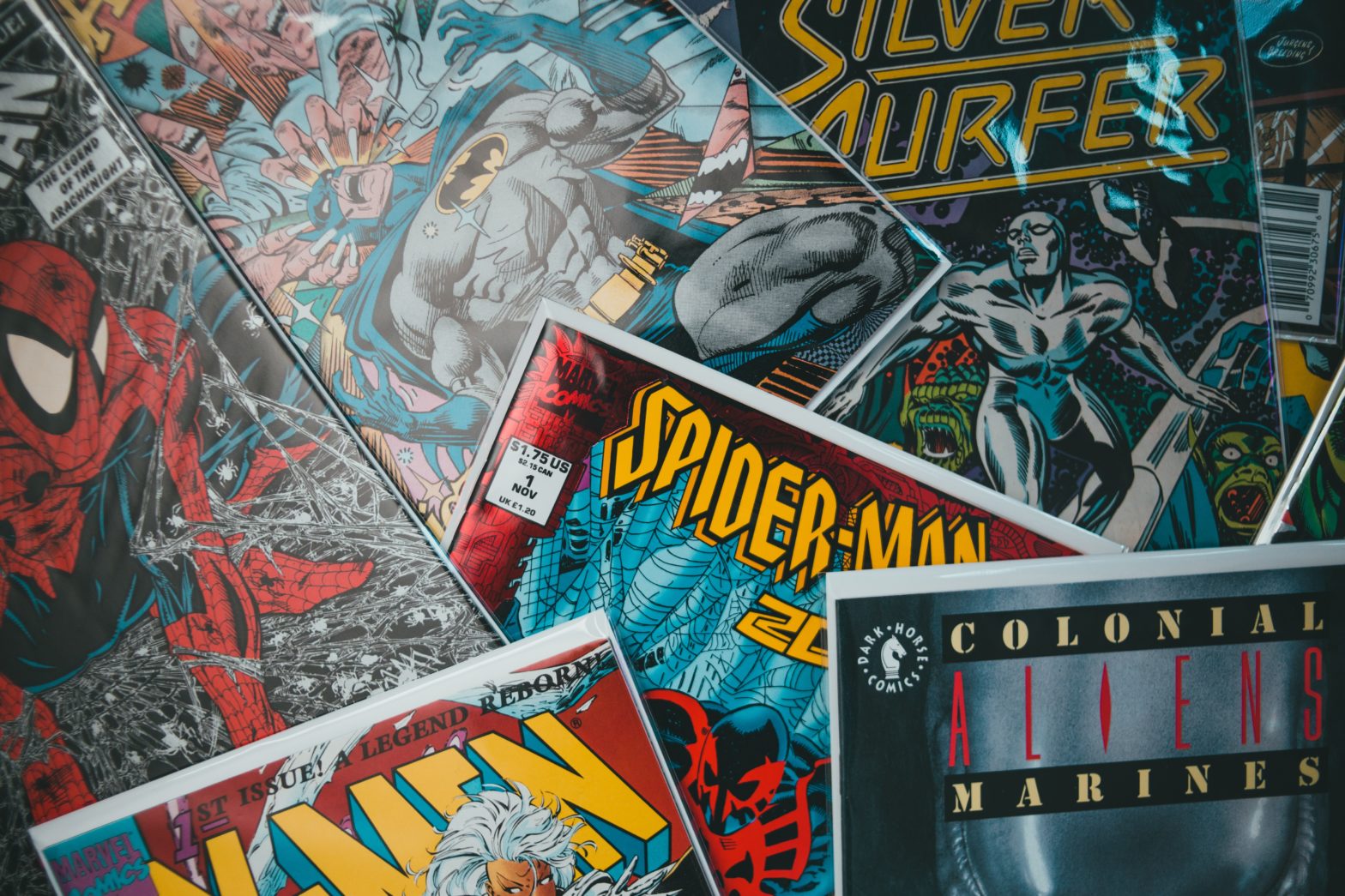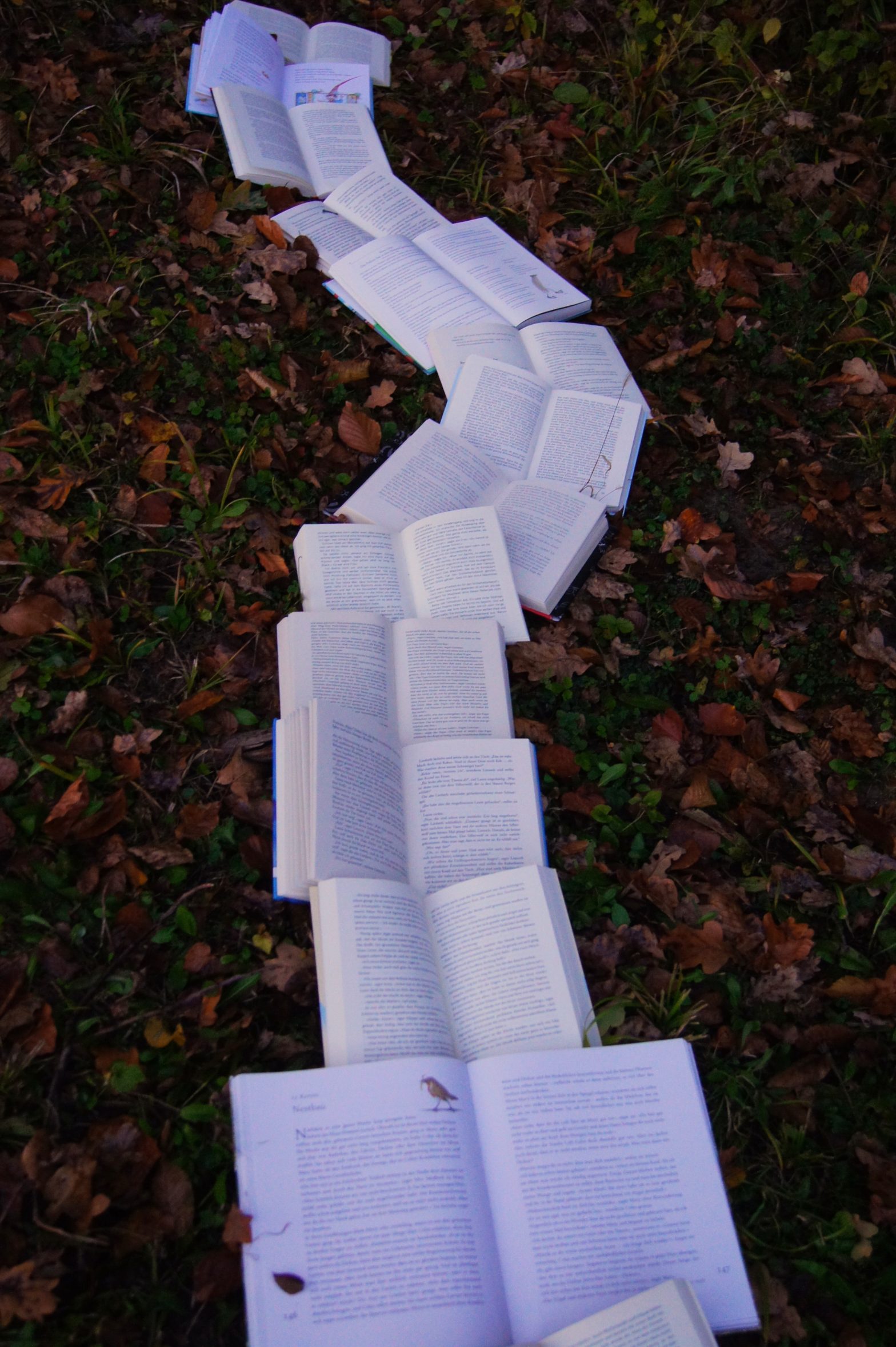This summer two Hope College students, Tatiana Beranand Luke Van Hout, have been working on an app for the Big Read and Little Read programs. The creators of the app were kind enough to answer a few questions about the process and what they learned along the way.
The purpose of this app is to connect readers and allow them to discuss various books and topics. It is our hope that this app will further our goal to connect Lakeshore readers and give them a chance to bond over a love of literature. We’ll be sharing more information about the Synlesa app as we kickstart our November 2022 programming!
Student Bios
Tatiana: I am from Stevensville, Mi about an hour south of Holland. I chose Hope because of the community aspect and I could see myself in their Computer Science department. I am planning to major in Computer Science and Mathematics. At Hope, I love Chapel services, hanging out with friends, and going to sporting events, especially basketball games. Some of my favorite Hope memories are late-night study sessions, hammocking in the pine grove, and worship nights at the beach. Looking to my future, I hope to continue my education and eventually work as a software developer.
Luke: I’m from Lombard, Illinois which is a suburb of Chicago. I’m a Computer Science major and a Business and Math double minor. I enjoy hanging out with my friends, going to the beach, and participating in Hope College traditions.
What excited you about this project when you first began on it?
Tatiana: I haven’t really done any front-end development coding, so I was excited to learn more about that and create something that people actually use. I was excited about a challenge.
Luke: I was excited to take an already existing project and completely overhaul it. I liked being able to have some creative freedom with the layout and design of the site.
Can you outline for us the process of creating the app?
Both: There were a lot of different steps to creating this app. We were given a rough draft of the chatroom that we manipulated and changed to fit what we wanted with Synlesa. In the beginning, there was a huge learning curve as we had to learn multiple new programs and languages for this project. Then we made some elementary fixes to be able to upload different types of data in the chatroom. After we met with Dr. VanDuinen though, it was clear we needed to do some major refactoring to add the Bookrooms. After creating this, we added different features to the user interface and separate features to the admin interface. Finally, there was just a lot of debugging and fixing different features to work as smoothly as possible. We both underestimated how big of a difference-making all these small modifications would make on the website as a whole. It was all very worth it though, and we’re both very proud of this project.
What was the hardest part of this process?
Tatiana: The hardest part for me, at least, would definitely be the learning curve at the beginning of the project. It was very overwhelming trying to figure out how all the different programs and languages interacted with each other.
Luke: The hardest part of the project for me was learning to implement our database into the website. We used a free service from Google, called Firebase, to store all of the data entered into the site. Getting the data to display correctly across the site was a big challenge in the beginning, as it wasn’t like anything I had done before.
What was the most enjoyable part of the process?
Tatiana: Definitely just seeing the project coming together. As each feature was added, it was really exciting and rewarding to see all our hard work displayed in a tangible way. It was fun to show my family and be like “I made that!”
Luke: For me, the most enjoyable part of the project was whenever I would be working away at a bug for hours and then suddenly have a Eureka moment. Oftentimes solving that one bug would fix many of the other bugs and the techniques I learned to solve it often came in useful in other parts of the project.
Why the name Synlesa?
Both: Dr. Jipping’s technique for naming apps is to google translate the English name into different languages and see what sounds cool. This seemed like a fun technique so we translated read into different languages and finally chose Icelandic because lesa sounded pretty. We also loved the idea of students coming together to read and grow through the discussions so we added the prefix syn to the front of lesa. Synlesa symbolizes reading together or coming together to read.
How do you think the Big Read app can contribute to the program goals of fostering a culture where reading matters and readers, of all ages, learn from each other?
Both: We think Synlesa will allow readers, of all ages, to engage in discussion over books and topics that interest them. Books enable readers to make connections across different topics including current events, historic events, art, and especially other books. By sharing these connections with others, it will encourage readers to venture deeper into the book’s content and gain more from the book as well as make connections with other readers. This will not only further their enjoyment of the book itself, but also further their enjoyment of reading in general.
What books do you enjoy reading?
Tatiana: I will read pretty much anything, but I read primarily realistic fiction and romance novels.
Luke: I like reading fantasy, science fiction, and horror novels.
What advice do you have for users of this app?
Both: Our advice would be to be open-minded and ready to learn from other users. Everyone comes from a different background and will have their own inferences and thoughts based on that, so be ready to learn from others who differ from you. Be kind.
Any other thoughts?
Tatiana: I chose to do this project because of my love for reading and books. I have always loved reading. My favorite classes in high school were when we had Socratic Seminars and discussed the books we were reading because I enjoyed hearing how others read the same book I did. Everyone has a different background and brings something different to the discussion.
Luke: I think that this site has the potential to be an awesome place for discussion between all kinds of different people and I’m excited to check back in on it in November.






















